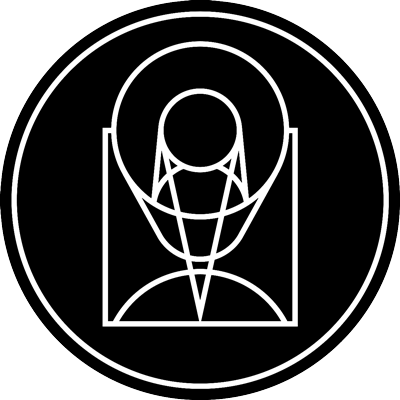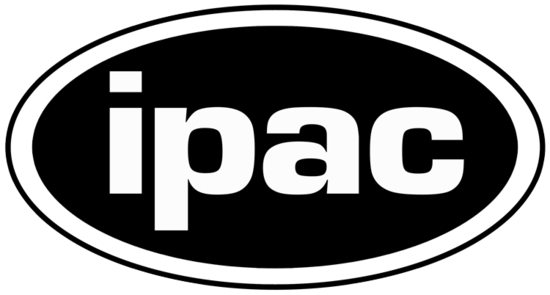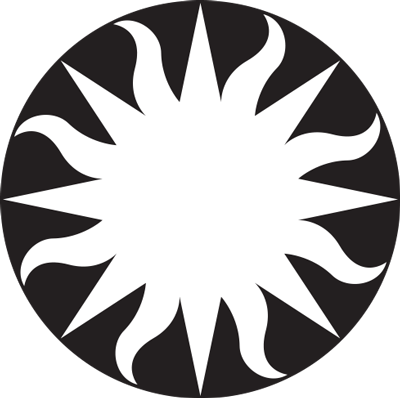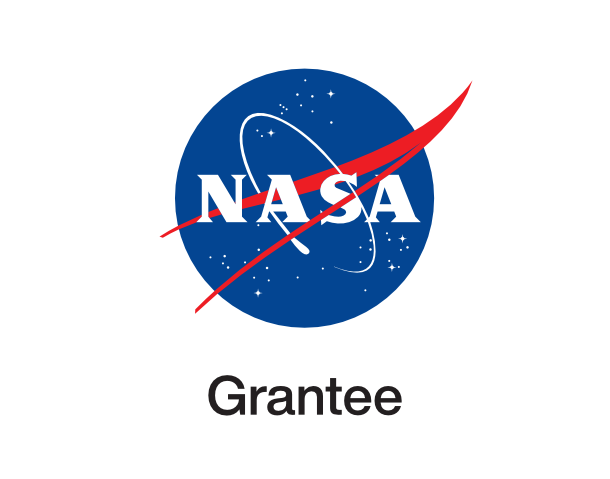Herbig-Haro 46/47 (NIRCam Image)

stsci_2023-131a July 26th, 2023
Credit: Image: NASA, ESA, CSA; Image Processing: Joseph DePasquale (STScI)
These stars have a lot of energy to let loose!
NASA’s James Webb Space Telescope has captured a tightly bound pair of actively forming stars, known as Herbig-Haro 46/47, in high-resolution near-infrared light. Look for them at the center of the red diffraction spikes. The stars are buried deeply, appearing as an orange-white splotch. They are surrounded by a disk of gas and dust that continues to add to their mass.
Herbig-Haro 46/47 is an important object to study because it is relatively young – only a few thousand years old. Stars take millions of years to fully form. Targets like this also give researchers insight into how stars gather mass over time, potentially allowing them to model how our own Sun, a low-mass star, formed.
The two-sided orange lobes were created by earlier ejections from these stars. The stars’ more recent ejections appear in a thread-like blue, running along the angled diffraction spike that covers the orange lobes.
Actively forming stars ingest the gas and dust that immediately surrounds them in a disk (imagine an edge-on circle encasing them). When the stars “eat” too much material in too short a time, they respond by sending out two-sided jets along the opposite axis, settling down the star’s spin, and removing mass from the area. Over millennia, these ejections regulate how much mass the stars retain.
Don’t miss the delicate, semi-transparent blue cloud. This is a region of dense dust and gas, known as a nebula. Webb’s crisp near-infrared image lets us see through its gauzy layers, showing off a lot more of Herbig-Haro 46/47, while also revealing a deep range of stars and galaxies that lie far beyond it. The nebula’s edges transform into a soft orange outline, like a backward L along the right and bottom.
The blue nebula influences the shapes of the orange jets shot out by the central stars. As ejected material rams into the nebula on the lower left, it takes on wider shapes, because there is more opportunity for the jets to interact with molecules within the nebula. Its material also causes the stars’ ejections to light up.
Over millions of years, the stars in Herbig-Haro 46/47 will fully form – clearing the scene.
Take a moment to linger on the background. A profusion of extremely distant galaxies dot Webb’s view. Its composite NIRCam (Near-Infrared Camera) image is made up of several exposures, highlighting distant galaxies and stars. Blue objects with diffraction spikes are stars, and the closer they are, the larger they appear. White-and-pink spiral galaxies sometimes appear larger than these stars, but are significantly father away. The tiniest red dots, Webb’s infrared specialty, are often the oldest, most distant galaxies.
Provider: Space Telescope Science Institute
Image Source: https://webbtelescope.org/contents/news-releases/2023/news-2023-131
Curator: STScI, Baltimore, MD, USA
Image Use Policy: http://stsci.edu/copyright/

- ID
- 2023-131a
- Subject Category
- B.4.1.2 B.3.1.1
- Subject Name
- HH 46/47
- Credits
- Image: NASA, ESA, CSA; Image Processing: Joseph DePasquale (STScI)
- Release Date
- 2023-07-26
- Lightyears
- 1,470
- Redshift
- 1,470
- Reference Url
- https://webbtelescope.org/contents/news-releases/2023/news-2023-131
- Type
- Observation
- Image Quality
- Good
- Distance Notes
- distance in lightyears
- Facility
- Webb, Webb, Webb, Webb, Webb, Webb
- Instrument
- NIRCam, NIRCam, NIRCam, NIRCam, NIRCam, NIRCam
- Color Assignment
- Blue, Cyan, Green, Yellow, Orange, Red
- Band
- Infrared, Infrared, Infrared, Infrared, Infrared, Infrared
- Bandpass
- -, -, -, -, -, -
- Central Wavelength
- 1150, 1870, 2000, 3350, 4440, 4700
- Start Time
- Integration Time
- Dataset ID
- Notes
- Coordinate Frame
- ICRS
- Equinox
- 2000.0
- Reference Value
- 126.43183356541, -51.01045458121
- Reference Dimension
- 14559.00, 8481.00
- Reference Pixel
- 7285.53441719315, 4244.32160254894
- Scale
- -0.00000834430, 0.00000834430
- Rotation
- -118.52616991814
- Coordinate System Projection:
- TAN
- Quality
- Full
- FITS Header
- Notes
- World Coordinate System resolved using PinpointWCS 0.9.2 revision 218+ by the Chandra X-ray Center
- Creator (Curator)
- STScI
- URL
- http://stsci.edu
- Name
- Space Telescope Science Institute Office of Public Outreach
- outreach@stsci.edu
- Telephone
- 410-338-4444
- Address
- 3700 San Martin Drive
- City
- Baltimore
- State/Province
- MD
- Postal Code
- 21218
- Country
- USA
- Rights
- http://stsci.edu/copyright/
- Publisher
- STScI
- Publisher ID
- stsci
- Resource ID
- STSCI-J-p23131a-f-14559x8481.tif
- Resource URL
- https://mast.stsci.edu/api/latest/Download/file?uri=mast:OPO/product/STSCI_PR_2023-131/STSCI-J-p23131a-f-14559x8481.tif
- Related Resources
- Metadata Date
- 2023-07-27T09:52:53-04:00
- Metadata Version
- 1.2
Detailed color mapping information coming soon...





















